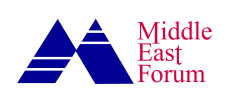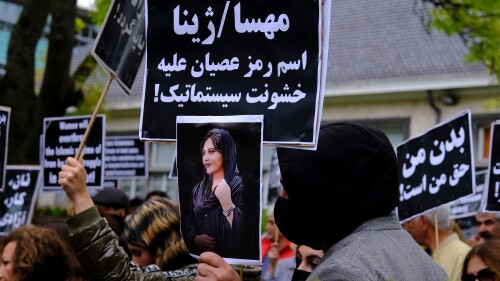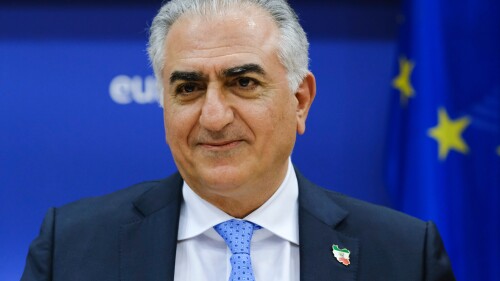The Iranian regime employs digital blackouts to suppress protests, disrupt communication, and conceal its actions from the international community. By cutting off access to information, the regime isolates dissenters and prevents the coordination of resistance. The 2019 nationwide internet shutdown, which coincided with crackdowns on protests, exemplifies the regime’s dependence on digital suppression to maintain control.
At the same time, Iran faces mounting pressures, including economic contraction and shortages of electricity and gas. As economic decline deepens, public frustration escalates, increasing the likelihood of large protests. While economic and diplomatic pressure has intensified since President Donald Trump’s executive order restoring “maximum pressure” on Iran, history demonstrates that these measures are insufficient so long as the Iranian people lack reliable communication to foster resistance.
The United States has a history of deploying technology to counter authoritarian censorship.
The United States has a history of deploying technology to counter authoritarian censorship. Recognizing that digital suppression is a key tool of oppressive regimes, Washington has taken proactive steps to ensure internet access for vulnerable populations. In 2010, the U.S. government supported ZunZuneo, a covert mobile social network designed to help activists defeat state surveillance in Cuba and communicate freely without government interference. The initiative was short lived but demonstrated the effectiveness of digital communication to bypass state control.
The question then becomes how to implement such a program in Iran. Here, other precedents could come into play. In November 2022, the United States, United Nations, and European Union established a humanitarian fund to apply over $3 billion in frozen Venezuelan assets to services such as health care, education, and infrastructure. The fund parameters prevented any financial benefit to the Maduro government while directly supporting the Venezuelan people. This approach ensured that resources strengthened civil society without reinforcing authoritarian control. Such a model could work for Iran.
Applying a similar framework with international oversight could redirect over $2 billion in frozen Iranian assets toward secure internet access and digital resilience, empowering citizens to resist government suppression. The United States can take immediate action through the International Emergency Economic Powers Act (IEEPA) to accelerate the process. Under existing legal frameworks, Washington can redirect these funds for humanitarian purposes, including initiatives like providing secure internet access that supports freedom of expression and protection of human rights. The IEEPA grants the president authority to repurpose these frozen funds through an executive order or targeted directive, ensuring swift and strategic action. With oversight mechanisms in place, this approach would guarantee that financial resources serve their intended purpose without being co-opted by the Iranian regime.
A well-defined governance structure would be necessary to oversee the deployment of secure communication networks and prevent interference by the Iranian government.
The success of this initiative hinges on a structured framework that ensures effective implementation, accountability, and protection against misuse. A well-defined governance structure would be necessary to oversee the deployment of secure communication networks and prevent interference by the Iranian government. A U.S.-led multilateral trust fund, modeled after the Venezuela humanitarian fund, could oversee asset allocation with strict oversight from U.S. allies and international regulators.
For U.S. policymakers, this presents an opportunity to redefine maximum pressure by integrating digital freedom into a broader strategy to weaken authoritarian control. A comprehensive Iran policy must include the deployment of Starlink and other satellite-based internet solutions to ensure Iranians have unfettered access to secure communication channels. By incorporating digital empowerment into its foreign policy toolkit, the United States can neutralize the Iranian regime’s ability to control and manipulate information to accelerate its collapse.
Starlink and other satellite-based internet solutions should be a core component of any future Iran strategy, ensuring that digital freedom directly undermines regime control. In the fight against tyranny, digital freedom is just as powerful as economic sanctions. The White House must act decisively—because a free Iran starts with a connected Iran.







